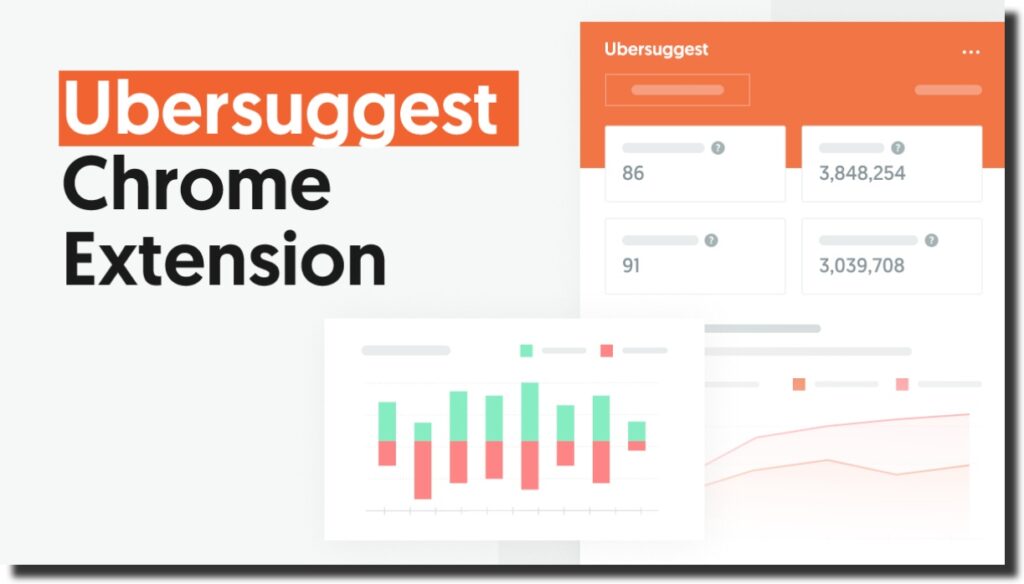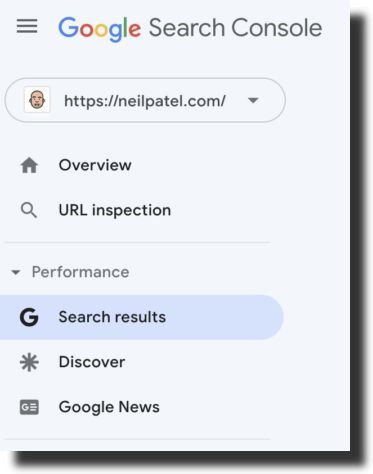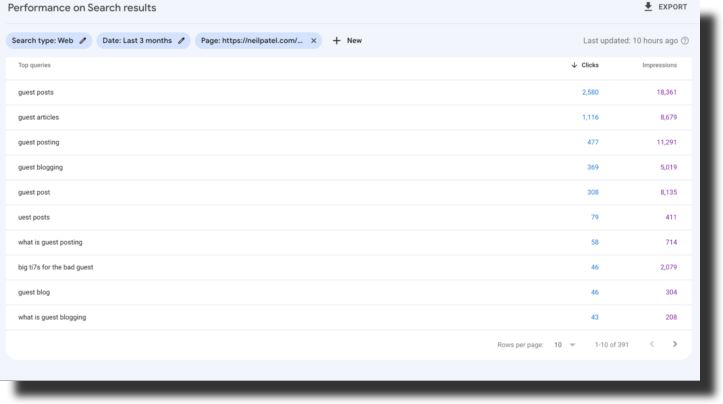Content marketing has undergone a drastic change in the last decade. Gone are the days when hundreds of articles could be generated for a single keyword. Now, it’s all about relevance, quality, and uniqueness.
Technology is transforming how marketers work, giving them unprecedented access to information about their customers. Marketers now have the opportunity to tailor their content to meet the needs of specific audiences better and, in doing so, boost engagement and conversions.
Content Gap Analysis is one of these techniques that has steadily gained traction over the past few years. The objective is to create a comprehensive plan for all your content marketing channels to drive results based on real-time data you collect from your customers.
This guide will walk you through how to do a content gap analysis to create a cohesive, systematic, and streamlined content strategy for your business. Let’s start!
What is a Content Gap Analysis?
As the internet continues to grow, so does the competition for attention online. So, what is a content gap analysis?
It is an approach to identify areas where your content falls short compared to your competitors.
This process involves looking at what people are searching for online and what content is available. By identifying gaps in the coverage of certain topics or keywords, you can adjust your content strategy accordingly. It can help you improve your visibility and reach online. It can also help you understand your audience and their needs.
As your business grows, so does your online presence. It can take a lot of work to keep track of all your content across different platforms and optimize it for maximum impact. This is where advanced content gap analysis comes in. It closely examines what you have and compares it to what you could have. This helps you focus on creating better, more targeted content that will resonate with your audience.
How to Do a Content Gap Analysis?
To do a content gap analysis, start by looking at your website and social media platforms. Identify the type of content you have and list the topics you cover. Then, look at competitor websites and see what topics they cover that you don’t.
Once you’ve identified some content gaps, it’s time to start filling them! Brainstorm new ideas for content that would appeal to your target audience and fill the gaps in your coverage. You can also optimize existing content by ensuring it’s keyword-rich and shareable.
There are a few different approaches to content gap analysis. The first is to take inventory of the content you already have on your site and see if any pieces can be repurposed or updated. This is a great way to ensure your content is fresh and relevant without starting from scratch.
The second way to approach a content gap analysis is to look at what topics your competitors are covering that you are not. This can be a great way to identify areas where you may need to catch up and create new content. By understanding what others in your industry are talking about, you can ensure that you are always ahead of the curve.
By taking a proactive approach to content gap analysis, you can ensure that your online presence is always growing and evolving to meet the needs of your business and customers.
The Different Kinds of Content Gaps
There are three different kinds of SEO content gap analysis:
Keyword Gaps
Keyword gaps are simply the result of a lack of keywords associated with a given topic on your website. To determine if you have a keyword gap, you’ll need first to identify relevant keywords for the topic in question and then compare that list to the ones on your site. If there is a discrepancy, then you have a keyword gap.
Here are a few different kinds of keyword gaps:
Competitor Keyword Gaps
These are the keywords your competitors are ranking for that you are not. If you can identify these gaps, you can start targeting those keywords in your content and improve your chances of ranking higher than your competitors.
Brand Keyword Gaps
Brand keywords are simply the name of your company or product. You have a brand keyword gap if people search for these terms and need help finding your website. Filling this gap can be as simple as optimizing your website for your brand name or creating branded content such as blog posts or infographics.
Product Keyword Gaps
Product keywords are specific to your products or services. If potential customers search for these terms but do not find your website, you have a product keyword gap. Filling this gap may require creating new product pages or blog posts about the products or services.
Topic Gaps
Content marketers are always on the lookout for new topics to write about. But sometimes, it can take effort to come up with ideas that are both timely and relevant to your audience. This is where content gaps come in.
A content gap is a topic that your competitors are discussing that you’re not. By identifying these gaps, you can produce content that will fill them and help you better serve your audience.
There are a few different types of topic gaps you can look for:
| Timeliness | Is there a hot topic in your industry that everyone is talking about? If so, you may have a timeliness gap. This is an opportunity to produce timely content that will help keep your audience informed. |
| Relevance | Is there a topic that’s relevant to your audience but isn’t being talked about enough? This could fill a relevance gap. Producing relevant content will help ensure that your audience gets the information they need. |
| Depth | Are your competitors only scratching the surface on certain topics? If so, you may have a depth gap. This is an opportunity to go deeper into certain topics and provide more comprehensive coverage. |
| Breadth | Are there topics that your competitors are covering but you’re not? If so, this could be a breadth gap. Expanding your coverage into new areas can easily fill in the topic gap. |
Media Gaps
You need to start using video to market your business. Video is one of the most powerful tools available to businesses, but many companies need to take advantage of it.
One reason for this may be that they need to learn how to create videos or more resources. But even if you need professional-grade equipment or editing skills, there are still ways to create compelling videos that will engage your audience and promote your brand.
Another reason businesses may shy away from the video because they need to figure out what kind of content to create. What will people want to watch? What will showcase my products or services in the best light?
There are a few different types of videos you can create:
| Product Demonstrations | Showcase your products in action and highlight their features and benefits. |
| Customer Testimonials | Tell real customers about their experiences with your company and what they love about your products or services. |
| Tutorials/how-tos | Teach viewers how to use your products, make something related to your industry, or solve a problem they might be having. These videos can be especially helpful if you sell complex products or services. |
| Company Culture/Behind the Scenes | Give viewers a peek into what it’s like to work at your company and what makes it unique. This can help humanize your brand and make people feel more connected to you. |
The Importance of Identifying Content Gaps
It’s important to identify content gaps for the following reasons:
Improved SEO
If you want your website to rank higher in search engine results pages (SERPs), then you need to make sure you’re identifying and filling content gaps.
Not only will this help you rank for more keywords and get more traffic to your website, but SEO content gap analysis will also show Google that your website is a comprehensive resource on your industry or niche. This can only help improve your position in SERPs even further.
So how do you go about finding these content gaps? The first step is brainstorming a list of topics your website could cover. Then, use a tool like Google Keyword Planner or SEMrush to research which keywords are being searched for and what the competition looks like.
From there, it’s just a matter of creating helpful, informative content and promoting it well. If you can do that, you’ll see improvements in your SEO and traffic in no time!
Better Connect With Your Target Readers
To better connect with your target readers, it’s important first to identify any content gaps. You can adjust your content strategy by understanding what topics your audience is interested in and where they may need more information.
One way to identify potential content gaps is to monitor your social media channels and see what questions people are asking or discussing. You can also look at competitor websites to see what type of content they’re producing. Once you have a better idea of the kinds of content, you can start brainstorming ideas for new and unique content that will fill any gaps.
It’s also important to keep in mind that your target readers’ needs will change over time, so it’s important to regularly revisit your content strategy and make sure that you’re still meeting their needs. By staying up-to-date with the latest trends and developments in your industry, you can ensure that your target readers always have access to the information they need.
An Optimized Buyer Journey
As you know, the buyer’s journey is not linear. Buyers move backward through awareness, consideration, and decision stages as they conduct their research and purchase.
It’s important to understand where your content might fall short so that you can address any content gaps. Here’s why:
1. Content Gaps Analysis Reduces Bounce Rates
Bounce rate is the percentage of visitors who leave your site after viewing only one page. A high bounce rate indicates that your content isn’t relevant to what users are looking for, or worse, that it’s not engaging.
Content gap analysis can help you pinpoint which pages are causing users to bounce so you can improve the quality of your content. As a result, you’ll see a decrease in your bounce rate and an increase in on-site time.
2. Content Gaps Analysis Increases On-Site Time
The longer someone stays on your website, the more likely they will convert. By identifying content gaps and addressing them with helpful and relevant information, you can keep users engaged for longer periods. This will lead to more opportunities for conversion down the road.
How to Find Content Gaps?
There are a few ways that you can go about finding content gaps on your website, including:
1. Use an SEO Tool to Do Content Analysis
To find content gaps on your site, run a content gap analysis using an SEO tool like Ubersuggest. It is a free Chrome extension that allows you to enter a keyword or phrase and see what topics are being talked about concerning that keyword.
You can use Ubersuggest to find content ideas and see what content is already ranking in Google for your target keywords. To use the tool, you simply need to install the extension on your browser and perform a search on the Google search engine. Once you hit enter, you’ll see a list of related topics.

Scroll through the list and look for relevant topics to your business or website. If you see a topic on which you don’t have any content, that’s a potential content gap! Once you’ve identified these gaps, it’s time to create new content. Remember to target your keywords throughout your new content so that it can rank in Google.
2. Audit Your Customer Journey
Auditing your customer journey is identifying all of the touchpoints a customer has with your brand, both online and offline. Once you have identified all the touchpoints, you can start identifying any content gaps.
It’s no secret that having a solid content strategy is key to success in today’s digital world. But what do you do when you need clarification on your content gaps? How can you be sure you’re covering all your bases and providing the information your audience needs at each stage of their customer journey?
You can use a few methods to audit your customer journey and identify content gaps. Here are a few of our favorites:
Define Your Customer Journey Stages
The first step is to define the different stages of your customer journey. This will help you identify where your content might need to be improved. Are there certain stages where you need to provide more information? Are there others where you could better guide customers through the process?
Map Out Your Existing Content
Once you’ve defined the different stages of the customer journey, look at the content you already have to see how it fits into each stage. Is there anything missing? Any gaps that need to be filled?
Identify Keywords and Search Terms for Each Stage
To find content gaps, look at keywords and search terms. What questions are they asking? What information are they looking for? Use this data to create targeted content that meets their needs.
3. Perform a Manual Competitor Analysis
When it comes to identifying content gaps, manually searching competitor websites can be helpful. This involves looking at what your competitors are already talking about and identifying areas they neglect.
To do this, simply visit each competitor’s website and note the topics they discuss. Then, create a list of all the topics you would like to cover on your website. Once you have this list, you can start working on creating content for each of these topics.
This will help you fill in any content gaps and give you an idea of what content resonates with your audience. As a result, you can produce similar content that will likely perform well with your audience.
4. Use Google Search Console
If you’re looking to find content gaps on your site, the Google Search Console can be a helpful tool. To start, log into Google Search Console and navigate to the “Search Results” tab on the left side of the page. Now to set up your search, click “+ New” next to “Search type” and “Date range.”

When the pop-up appears, click on “Page.” Simply enter the URL (one at a time) for your top-performing pages. Once you’ve got the results, see which keywords your page ranks for on that page.
Find your top-performing keywords from impressions and clicks on your website or CMS.

To ensure you’re using the keywords that work best for your site, go to the post on your website and make sure it’s related to your top-performing keywords. Chances are, some of the pages you rank for may cover something other than those specific keywords.
5. Perform a Self Content Audit
A self-content audit is a great way to keep your content strategy on track. You can quickly identify gaps and problem areas by auditing your content. This will help you better decide what content to create and how to fill any gaps.
To do a self-content audit, start by taking inventory of all your content. This includes blog posts, articles, whitepapers, ebooks, infographics, videos, and anything else you’ve published. Once you have a complete list, start evaluating each piece of content. Ask yourself:
- Is this still relevant?
- Does it align with my current goals and objectives?
- Is it well-written and engaging?
- Could it be improved in any way?
If you find that a piece of content is no longer relevant or doesn’t align with your current goals, get rid of it. If it’s well-written but just needs a little refresh, update it. And if you find gaping holes in your content strategy, start brainstorming ways to fill them.
Performing regular self-content audits is a helpful way to keep your finger on the pulse of your content strategy. By identifying gaps and problem areas, you can course correct and ensure that your content always serves its purpose.
UPQODE Helps With Competitor & Topics Analysis
Content gap analysis is an essential part of any content marketing strategy. By understanding what content is missing from your site, you can create a plan to fill those gaps and improve your overall strategy.
Upqode is the perfect partner for businesses that want to stay ahead of their competitors and be on top of the latest industry trends. We offer comprehensive competitor and trending topics analysis, so you can always be sure you’re making the best decisions for your business.
Contact us today to stay ahead of the curve and ensure your business remains relevant.



